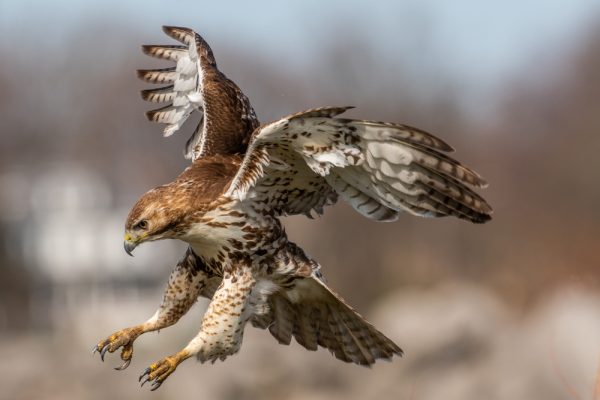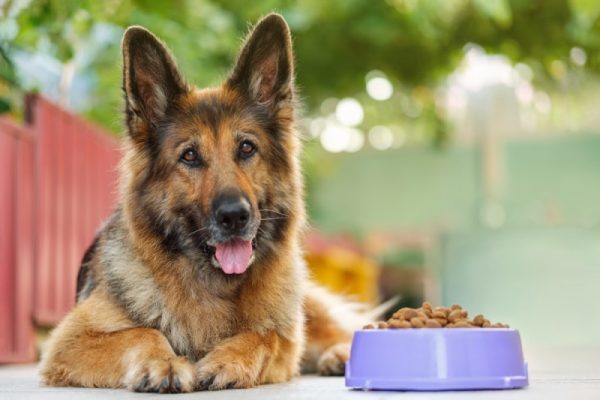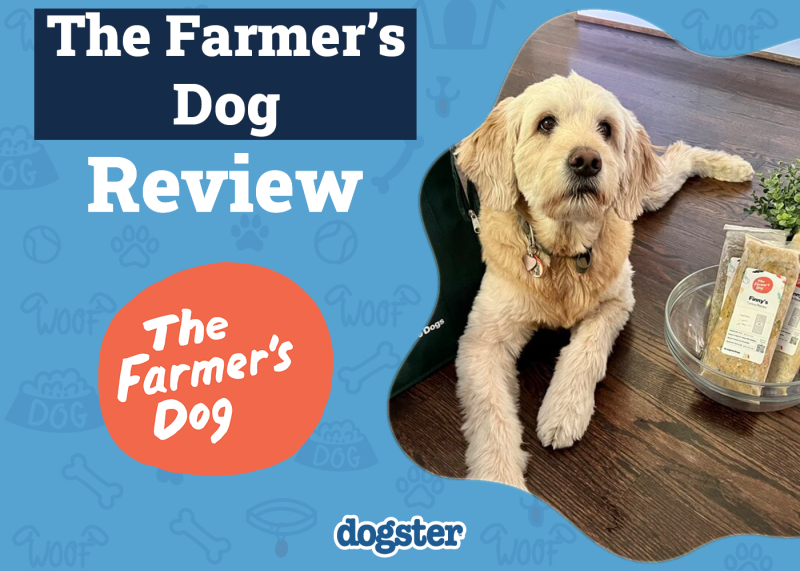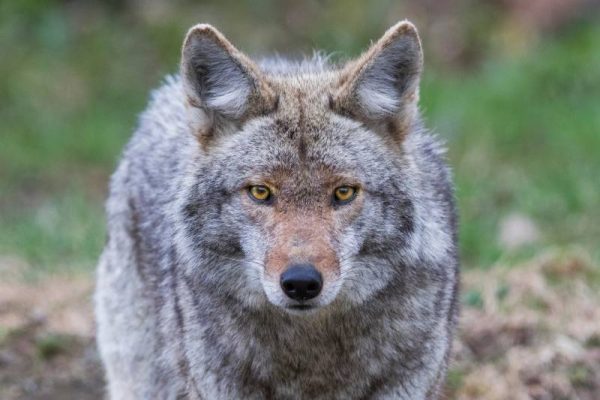Dogs are a familiar sight across the U.S.A. They play important roles in our daily lives as both working companions and family members. It is only natural to wonder which dog breeds are the most popular in your state and whether your favorite pooch is one of them.
If you live in Washington State, here are the dogs that are the most popular among your fellow residents.

The 10 Most Popular Dog Breeds in Washington State
1. Labrador Retriever

| Origin | Newfoundland |
| Lifespan | 10–12 years |
| Temperament | Friendly, outgoing, high-spirited, affectionate |
Although the Labrador Retriever started as a fisherman’s dog in Newfoundland, they became the dog that we know today in Britain during the late 19th century. They were introduced to the country in the 18th century by English nobles after a visit to Canada. Since then, they have become one of the most well-loved dogs in the U.S.A., including in Washington State.
Friendly, outgoing, naturally affectionate, and intelligent, the Labrador Retriever is used for retrieval purposes or just as a family pet. They are also favored for their work as service dogs and in search-and-rescue teams.
2. German Shepherd

| Origin | Germany |
| Lifespan | 7–10 years |
| Temperament | Loyal, confident, courageous, intelligent |
While they are more recognized for their police work today, the German Shepherd started as a herding dog from Germany. Captain Max von Stephanitz, the original breeder during the late 1800s, developed their intelligence, agility, speed, and stealth to help herd sheep. When fewer dogs were being used as herders, the German Shepherd found a place in crime-fighting alongside the police and military work throughout the world.
Their stamina and high energy make them dedicated to their work, and they are not suitable for the faint-hearted or lazy. Despite their important roles in many high-activity jobs, though, the German Shepherd is also a well-loved family dog due to their fierce loyalty and intelligence.
3. Golden Retriever

| Origin | Scotland |
| Lifespan | 10–12 years |
| Temperament | Reliable, outgoing, eager-to-please, playful |
The Golden Retriever was first developed during the reign of Queen Victoria by Dudley Marjoribanks, the first Lord Tweedmouth. Intending to develop a gundog capable of navigating the difficult terrain of the Scottish Highlands, Tweedmouth crossed a Yellow Retriever with the now extinct Tweed Water Spaniel. He later introduced the Irish Setter and the Bloodhound into the breed.
After their initial development in the late 1800s, the Golden Retriever was further refined until they became the intelligent, outgoing, and reliable breed that’s so adored today. Their friendliness made them a favorite after they were introduced in America, but it was President Gerald Ford’s Golden Retriever, Liberty, that boosted their way to fame.
These days, Golden Retrievers are still used as gundogs but are also relied on as service dogs and family members.
4. French Bulldog

| Origin | England |
| Lifespan | 10–12 years |
| Temperament | Playful, alert, adaptable |
Recognized by their squashed noses, big ears, and sweet disposition, the French Bulldog is — as the name suggests — believed to have originated in France. But while they were developed in Paris, where they earned their name, “Bouledogue Français,” this small Bulldog was originally English.
Introduced during the Industrial Revolution, the French Bulldog was a favorite among the lace workers of Nottingham. The breed eventually followed the lace makers and their families across the English Channel when they migrated to France. Over the following decades, the original toy Bulldogs from England were developed into the bat-eared, sweet Frenchies that we know today.
5. Poodle

| Origin | Germany |
| Lifespan | 10–18 years |
| Temperament | Athletic, proud, intelligent |
As the national dog of France, the Poodle is often thought to have originated there, but the breed actually started life as a water dog in Germany. Their name comes from the German word for splashing in water, “pudelin.”
Bred as a water retriever, the Poodle has a dense, curly coat that served to protect them from the elements as they worked. The iconic show coat was designed to help these dogs in water and was intended to aid maneuverability while protecting vital parts of the dog’s anatomy.
There are three types of Poodles around today: the Standard, Miniature, and Toy.
6. Rottweiler

| Origin | Ancient Romans |
| Lifespan | 9–10 years |
| Temperament | Calm, confident, courageous, loyal |
The Rottweiler may have earned their name from their work in Rottweil, a cattle town in Germany, but their roots lie much further back, with the Ancient Romans. Developed from Asian Mastiffs, the early ancestors of the Rottweiler were bred to guard the livestock herds that the Romans traveled with. These Roman dogs were the basis for many German breeds even before they became known as Rottweilers.
Modern-day Rotties are more familiar as guard dogs and police K-9s. They were even used as some of the first guide dogs.
7. Bulldog

| Origin | England |
| Lifespan | 8–10 years |
| Temperament | Friendly, courageous, docile, loyal |
Bulldogs were originally bred during the 13th century in England for bullbaiting, a sport where a bull would fight a pack of dogs. The blood sport continued until 1835, when it was banned and gave way to underground pit-dog fighting. With smaller opponents than bulls, Bulldogs were bred to be more agile and quicker than their bull-fighting ancestors.
While the breed continued to be used in illegal blood sports, the Bulldog still faced extinction when bullbaiting was banned. They were saved by breed enthusiasts who began the long process of breeding Bulldogs as companion dogs rather than fighters.
8. Pembroke Welsh Corgi

| Origin | Europe |
| Lifespan | 12–13 years |
| Temperament | Affectionate, alert, vigilant |
The original ancestors of the Pembroke Welsh Corgi accompanied Flemish weavers when they were invited to live in Wales by King Henry I. These dogs became the basis of both the Pembroke Welsh Corgi and their cousin, the Cardigan Welsh Corgi. While they have distinct similarities, the breeds are recognized by the differences in their ears and tails.
Earning their name from their original breeding place in Pembrokeshire, the Pembroke Welsh Corgi was originally a herding dog. These days, they’re a loyal companion for all sorts of households. Along with being a favorite among Washington residents, they’re also favored by Queen Elizabeth II.
9. Boxer

| Origin | Germany |
| Lifespan | 10–12 years |
| Temperament | Affectionate, loyal, intelligent, courageous |
Although the Boxer is descended from Assyrian war dogs, the breed that we’re most familiar with originated at the turn of the 20th century. They were bred from the Bullenbeisser, or “bull biter,” that accompanied German nobles on hunts for big game animals like bears and wild boars. With the changing politics in the early 1800s, the nobles fell out of favor, and their hunting traditions were made obsolete.
It was this change that started the efforts to breed a smaller dog while crossing the Bullenbeisser with English Mastiff-type dogs. Although they’re most familiar as police K-9s, war dogs, or personal guard dogs, Boxers have also been used as guide dogs, athletes, and cattle dogs.
10. Australian Shepherd

| Origin | Europe |
| Lifespan | 12–15 years |
| Temperament | Agile, work-oriented, intelligent |
Another dog that didn’t originate where their name suggests is the Australian Shepherd. They started out near the Pyrenees Mountains in Europe as herding dogs known as the Pyrenean Shepherd. The original breeders took their shepherd dogs with them when they migrated to Australia, where they bred the dogs with British Collies.
After this initial period, the Australian Shepherd migrated again to California, where they were mistaken to be dogs of Australian descent, hence their name. Despite their misnomer, the Australian Shepherd found a place in cowboy culture and even in homes as a beloved family dog.
Like many other herding breeds, Australian Shepherds are still well known for their herding ability and are often used frequently during rodeos. Their intelligence has also led to their use as therapy and service dogs, in search-and-rescue teams, and for drug detection.

Conclusion
Throughout the U.S.A., the Labrador Retriever has long held first place as the most popular dog breed. Their intelligence and adaptability to a wide range of jobs make them the perfect companions for all sorts of families and careers. It’s these traits, along with their fierce loyalty and friendliness, that make them the most popular dog in Washington State too. They’re not the only breed that you’ll find in the Evergreen State, though, and some might surprise you!
Featured Image Credit: B Wills, Pixabay



















